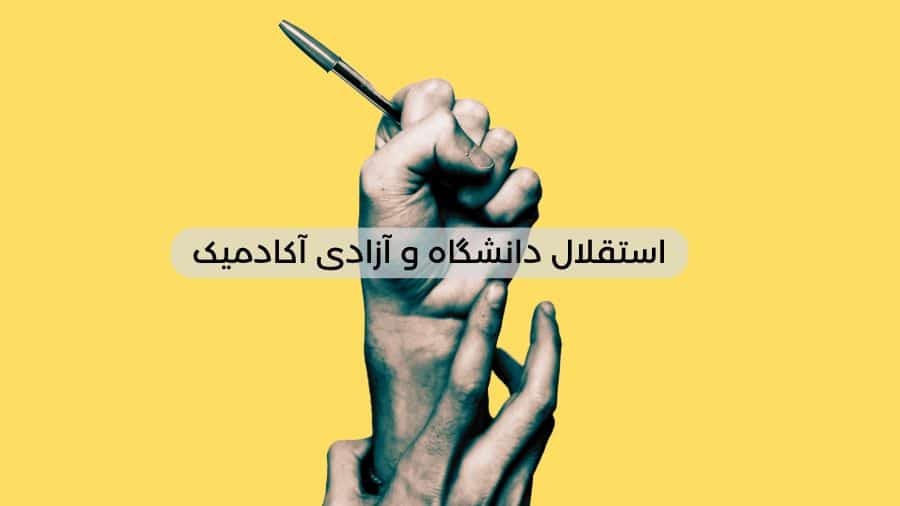Abstract
At the beginning of the 14th SH century, the Iranian university was a small, utilitarian, masculine, and state-dependent institution with less than one thousand students. At the end of the SH century, the university has grown to be an important institution in terms of size and geographical spread, with over 3.2 million students (48.5% of whom are women). Nevertheless, despite this remarkable quantitative growth, higher education in Iran has failed to achieve autonomy and academic freedom. This article investigates the reasons for this historical failure and the role of governments in violating university autonomy and academic freedom. The first section of the article highlights the significance and meaning of autonomy and academic freedom in the university’s and society’s scientific activities. Other sections examine the relationship between the university and the state, and the role of the institution from the turn of the SH century to the period following the Cultural Revolution and the Islamization of higher education.


